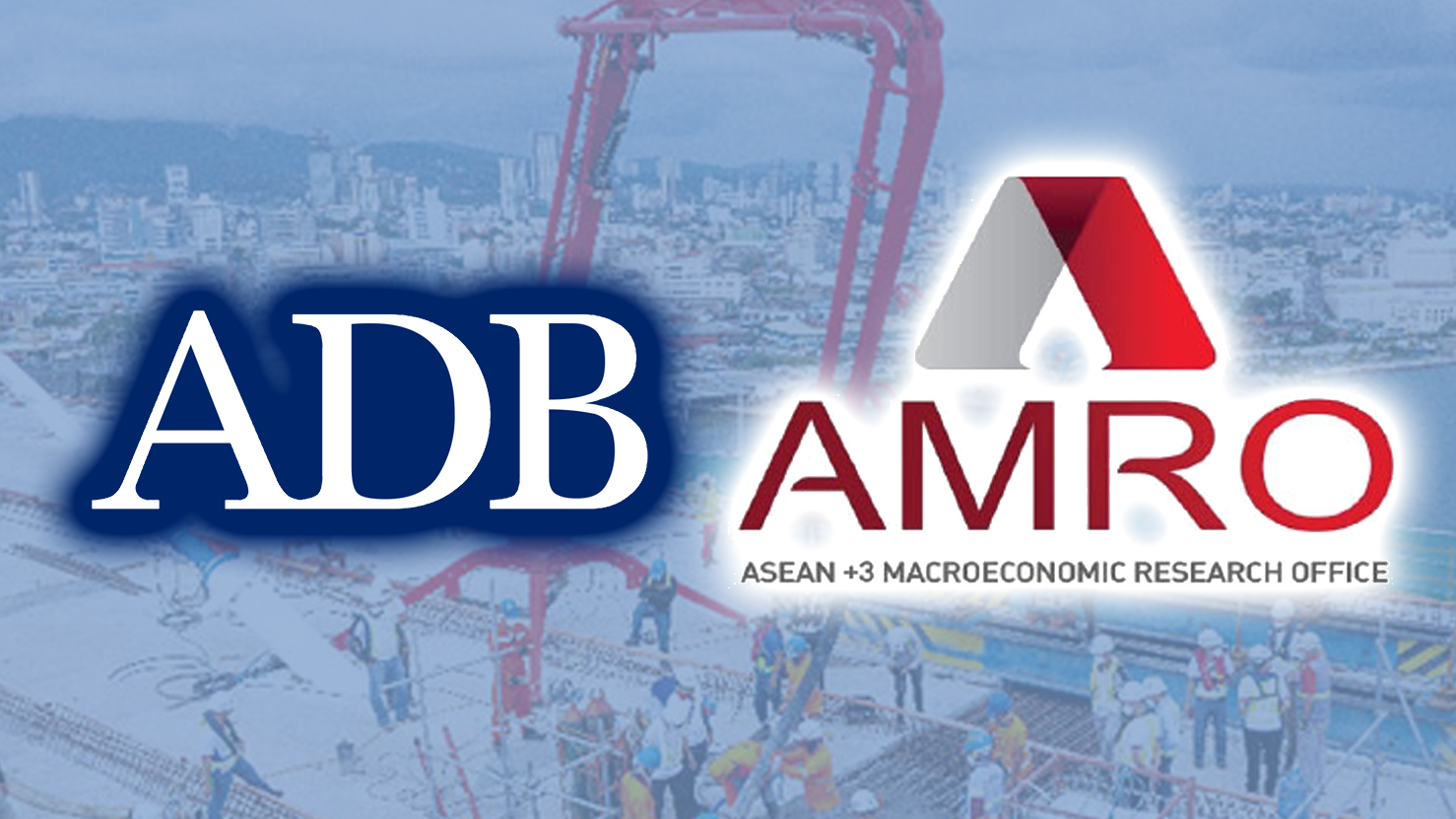Growth expectations for the Philippines have been revised downward by the Asian Development Bank (ADB) and the ASEAN+3 Macroeconomic Research Office (AMRO), with both institutions citing rising global trade uncertainty.
In particular, they cited shifting US tariff policies as a major drag on the region’s economic momentum.
In its latest Asian Development Outlook released Wednesday, the ADB lowered its growth forecast for the Philippines to 5.6 percent for 2025, down from 6 percent. For 2026, growth is now projected at 5.8 percent, slightly below the previous 6.1 percent estimate from April.
The Philippines is among several developing economies in Asia and the Pacific to see outlook downgrades, as the ADB pointed to escalating trade tensions and global policy risks — particularly from recent changes in US tariffs — as key headwinds.
While the region showed some strength in the first quarter, supported by solid domestic demand and export front-loading ahead of tariff hikes, the ADB warned that this momentum may be difficult to sustain.
The bank now sees regional growth at 4.7 percent in 2025, down from 4.9 percent, and 4.6 percent in 2026, down from 4.7 percent.
“Prospects for developing Asia and the Pacific could be dented further by an escalation of US tariffs and trade tensions,” the ADB said.
It added that renewed conflict in the Middle East could disrupt shipping and push up energy prices, while China’s property sector remains a downside risk.
“Asia and the Pacific has weathered an increasingly challenging external environment this year. But the economic outlook
has weakened amid intensifying risks and global uncertainty,” ADB Chief Economist Albert Park said.
Growth in major advanced economies was also revised down: now pegged at 1.4 percent in 2025 from 1.6 percent, and 1.5 percent in 2026, also down from 1.6 percent.
The ADB said US tariff hikes are already raising production costs, reducing household spending, and dampening trade — with spillover effects on Japan’s export outlook.
Think tank AMRO, for its part, also revised its Philippine growth forecast downward — to 5.6 percent for 2025, from 6.3 percent, and to 5.5 percent for 2026, also from an earlier 6.3 percent.
AMRO likewise trimmed its ASEAN+3 growth projections to 3.8 percent (from 4.2 percent) for this year and 3.6 percent (from 4.1 percent) for the next.
“The outlook for the region remains fraught with high uncertainties,” AMRO said, citing persistent US protectionist policies, tighter global financial conditions, and commodity price volatility.
AMRO also projects regional inflation to remain low — around 1 percent in 2025 and 2026 — supported by easing commodity prices and moderated demand.
Allen Ng, AMRO Group Head and Principal Economist, noted that their projections have not yet factored in the most recent US tariff changes but pointed instead to the broader drag from the global slowdown. “This will affect both exports as well as business sentiments and investment activities in the Philippines,” Ng said.
Still, Ng emphasized that Philippine growth remains “very robust,” underpinned by strong private consumption, stable labor conditions, softer inflation, and steady remittances.
Ng also flagged signs that the region’s early-year momentum may be fading. “Import demand is beginning to slow, and manufacturing purchasing managers’ indices (PMIs) across the region are softening, with more than half now in contractionary territory,” he said.
Despite the challenges, AMRO Chief Economist Dong He said the ASEAN+3 region enters this volatile phase from a “position of relative strength and resilience.”
He said policymakers across the region acted early to cushion trade shocks and still have space to roll out additional support if needed.
“In a world that is increasingly being reshaped by fragmentation, deeper regional integration is both urgent and necessary,” He said. “By strengthening regional cooperation while maintaining openness to the world and standing firm on rules-based multilateralism, ASEAN+3 can build resilience against external shocks and create new growth opportunities.”





